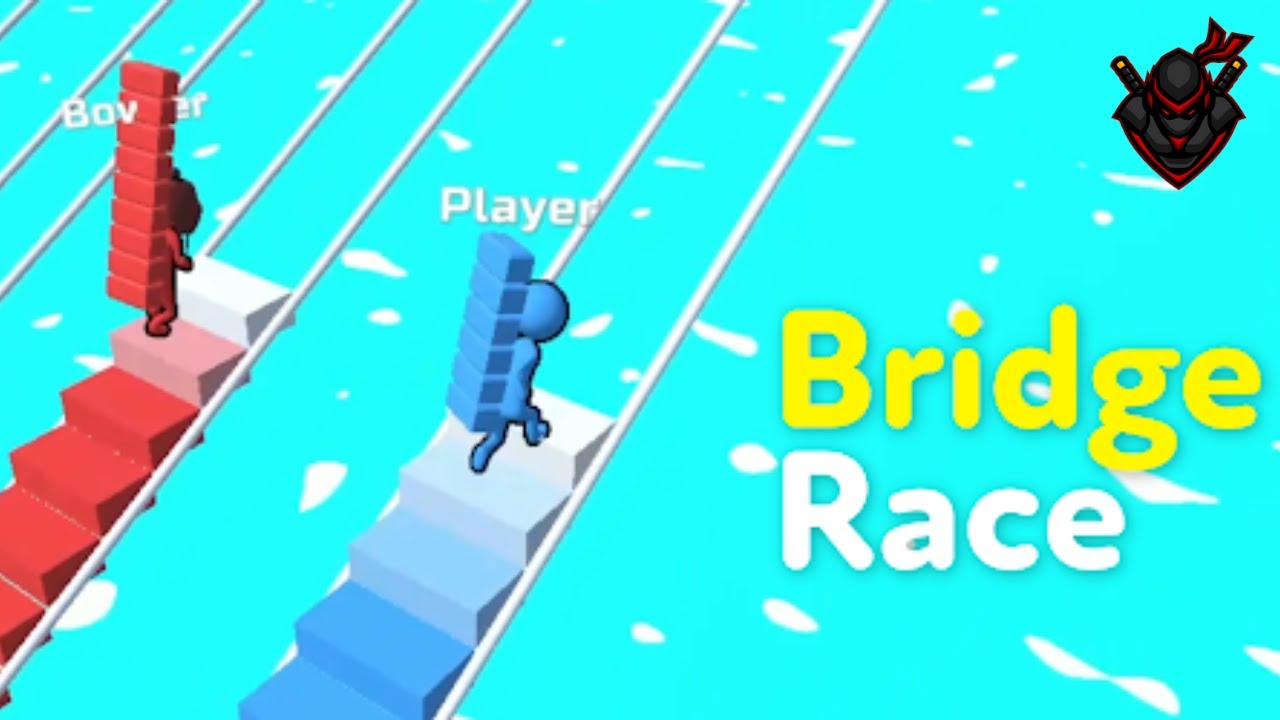Developed by Playdead, Inside is a critically acclaimed indie puzzle-platformer released in 2016. A spiritual successor to the developer’s previous hit Limbo, Inside pushes the boundaries of atmospheric storytelling and minimalist game design even further. With its striking visual style, haunting environments, and complex puzzles, Inside captures the essence of a dark and dystopian world, offering a uniquely gripping experience for players.
In this review, we’ll explore Inside’s narrative, gameplay mechanics, visual and audio design, and its place within the world of indie gaming. We’ll delve into the themes it presents and discuss how its unforgettable conclusion has left a lasting impact on players worldwide.
Introduction to Inside: A Journey Through Dystopia
Inside begins much like its predecessor Limbo, placing players in control of a young boy with no name or background, running through a dark forest. The world he inhabits is dystopian, bleak, and filled with ominous threats. From the outset, Inside exudes an atmosphere of fear and tension as players guide the boy through various environments, from forests to industrial complexes and laboratories.
Like Limbo, the game presents little to no direct narrative or dialogue, instead relying on environmental storytelling to convey the story. Players are left to interpret the events they encounter, drawing their own conclusions as they progress through increasingly surreal and disturbing scenarios. This lack of explanation creates a deep sense of mystery and intrigue, making Inside a gripping experience from start to finish.
Story and Themes: A Dark Exploration of Control and Oppression
The Mystery of Inside’s Story
The narrative of Inside is intentionally vague and ambiguous, but its thematic undertones are powerful and thought-provoking. The boy’s journey seems to take place in a world ruled by some form of authoritarian regime, where humans and animals alike are subjected to mind control, experimentation, and subjugation. The deeper the boy ventures into the heart of this dystopian landscape, the more surreal and grotesque the world becomes.
One of the central mysteries of the game is the nature of the experiments being conducted within the game’s world. Without giving away too many spoilers, players will encounter rooms filled with mind-controlled humans, grotesque amalgamations of bodies, and a climactic revelation that flips the narrative on its head. By the time the credits roll, players are left with more questions than answers, making Inside a game that lingers in the mind long after completion.
Themes of Control and Powerlessness
At its core, Inside explores themes of control, manipulation, and powerlessness. The world the boy inhabits is one where free will seems nonexistent, as both humans and animals are manipulated by unseen forces. The mind-control technology that players encounter throughout the game serves as a stark metaphor for the loss of agency and autonomy, and the boy’s journey becomes a desperate attempt to escape the oppressive system that seeks to dominate him.
The game’s surreal visuals and increasingly bizarre scenarios further emphasize these themes. As the boy delves deeper into the heart of the dystopian complex, the world becomes more twisted, representing the dehumanization and loss of identity in a society where individuals are reduced to mere tools. Inside is a powerful commentary on the dangers of authoritarian control and the fragility of personal freedom.
Gameplay: A Seamless Blend of Puzzles and Platforming
Clever and Evolving Puzzle Design
One of Inside’s strongest features is its puzzle design. The game uses a combination of physics-based puzzles and environmental manipulation to challenge players as they progress through the story. Each puzzle feels intuitive yet challenging, encouraging players to think critically about their surroundings. Early on, puzzles involve simple mechanics such as moving boxes or avoiding enemies, but as the game progresses, the complexity of the puzzles ramps up.
What sets Inside apart is how well the puzzles are integrated into the game world. Rather than feeling like isolated challenges, each puzzle serves a narrative purpose, reinforcing the themes of control and manipulation. The use of mind-control helmets, for example, requires players to control groups of lifeless bodies to solve puzzles, adding layers of meaning to the gameplay.
The Tension of Trial and Error
Much like Limbo, Inside incorporates elements of trial and error into its gameplay. Players will likely die multiple times as they navigate the various traps, enemies, and environmental hazards scattered throughout the game. However, the death mechanics never feel punishing. Instead, each failure teaches the player something new about the world or the mechanics of a particular puzzle.
This system of trial and error heightens the tension, as players must proceed with caution, never knowing what new danger awaits them around the corner. Whether it’s evading guard dogs, sneaking past searchlights, or navigating through flooded chambers, the constant threat of death keeps players on edge, enhancing the game’s eerie atmosphere.
Visual and Audio Design: A Masterpiece of Atmosphere
Haunting Visuals in a Muted Palette
One of the most immediately striking aspects of Inside is its visual design. The game is rendered in a muted color palette of grays, blacks, and reds, creating a somber and oppressive atmosphere. The use of light and shadow is particularly effective, with the boy often moving through dark, foreboding environments lit only by dim lights or the glow of machinery.
Despite its minimalist art style, Inside is visually stunning. The game’s environments are rich with detail, from the misty forests to the sterile industrial complexes. Each new area feels distinct and contributes to the overall sense of unease that permeates the game. The transition from one environment to the next is seamless, with no loading screens, allowing players to remain fully immersed in the world.
An Atmospheric Soundtrack that Amplifies Tension
Complementing the visuals is Inside’s subtle yet effective sound design. The game’s soundtrack is minimalist, relying more on ambient sound effects than traditional music. The sound of footsteps, machinery, and distant echoes creates an eerie sense of isolation, while the occasional bursts of music heighten the tension during key moments.
The audio design is crucial in building the game’s atmosphere, with every sound serving a purpose. From the unsettling drone of mind-control devices to the quiet rustling of the forest, the sound design immerses players in the world, making them feel as if they are truly inside the dystopian nightmare the boy is trapped in.
Level Design: A Seamless and Evolving World
Diverse Environments and Fluid Transitions
Inside takes players through a variety of environments, each with its own unique challenges and visual style. The boy begins his journey in a dark forest before moving through industrial factories, underwater laboratories, and sterile scientific facilities. The game never feels repetitive, as each new environment introduces fresh puzzles and gameplay mechanics.
One of the most impressive aspects of Inside is its seamless level design. The transition between areas is smooth, with no noticeable breaks in the action or immersion. This continuous flow keeps players engaged, as the world of Inside feels like one cohesive, interconnected space.
The Use of Environmental Storytelling
Just like its predecessor Limbo, Inside excels in environmental storytelling. Rather than relying on dialogue or text, the game tells its story through the world itself. The environments are filled with subtle details that hint at the larger narrative, from the mind-controlled workers in the factories to the strange experiments taking place in the laboratories.
The use of environmental storytelling allows players to piece together the narrative at their own pace, creating a more personal and immersive experience. Every new area reveals something about the world the boy inhabits, drawing players deeper into the mystery.
Emotional Impact and Legacy
A Game That Stays with You
Inside is a game that leaves a lasting emotional impact. Its dark, dystopian world, combined with its unsettling atmosphere and ambiguous story, creates an experience that is both thought-provoking and emotionally resonant. The game’s ending, in particular, is a shocking and surreal conclusion that has left players discussing its meaning for years.
The themes of control, oppression, and the loss of autonomy are explored in a way that feels deeply personal, making Inside more than just a puzzle-platformer. It’s a meditation on the darker aspects of human existence, wrapped in a beautifully crafted video game.
A Landmark in Indie Gaming
Inside has earned its place as one of the most influential indie games of the past decade. Its success, both critically and commercially, has solidified Playdead’s reputation as a master of atmospheric storytelling. The game has inspired countless other indie developers to push the boundaries of what video games can achieve in terms of emotional depth and artistic design.
With its haunting visuals, complex puzzles, and ambiguous narrative, Inside continues to be a benchmark for excellence in the indie gaming world. Its influence can be seen in a wide range of modern indie titles that strive to create similar emotional and atmospheric experiences.
Conclusion: A Haunting Masterpiece of Dystopian Storytelling
Inside is a masterclass in minimalist design, atmospheric storytelling, and puzzle-platforming. From its oppressive visual style to its subtle sound design, the game creates a world that feels both alien and eerily familiar. Its narrative, while ambiguous, is rich with themes of control, oppression, and the loss of individuality, making it a deeply resonant experience.
The game’s seamless blend of puzzles, platforming, and environmental storytelling makes it a must-play for anyone interested in indie games or video games as an art form. Inside is not just a game—it’s a
haunting journey into the heart of a dystopian nightmare that will stay with you long after you’ve finished playing.


